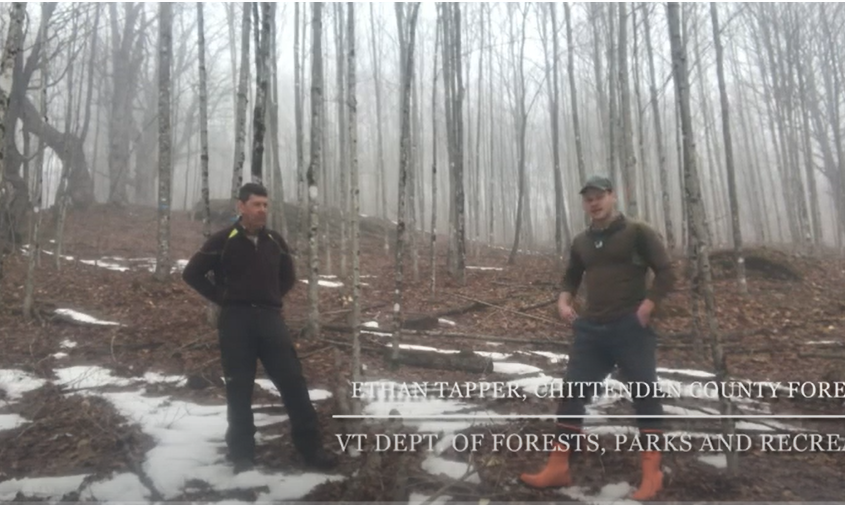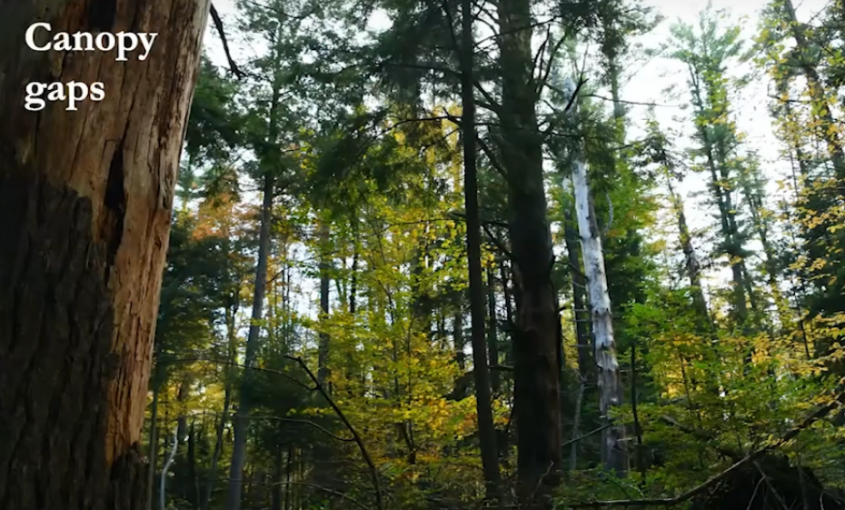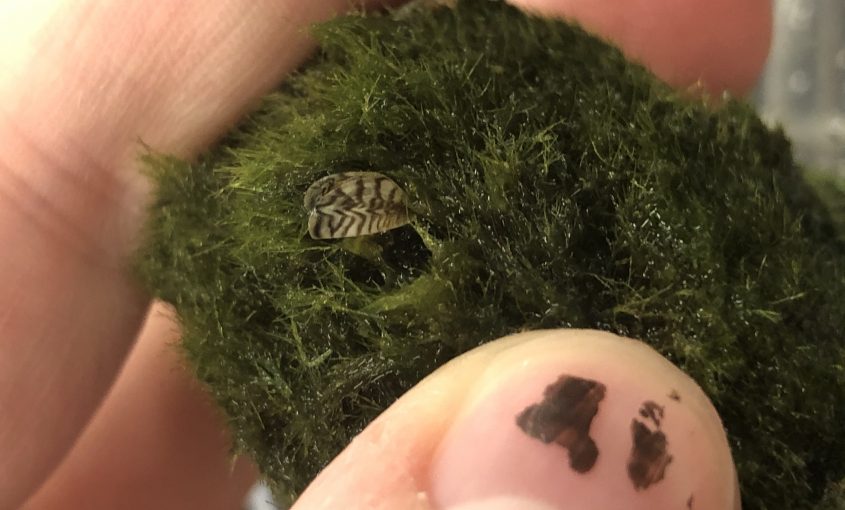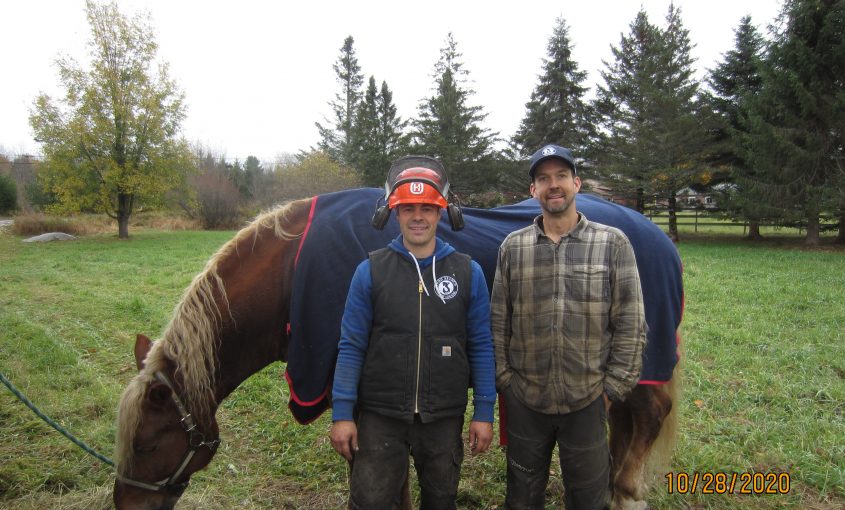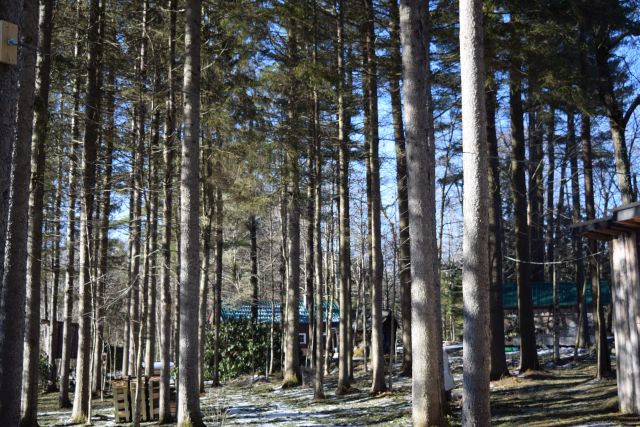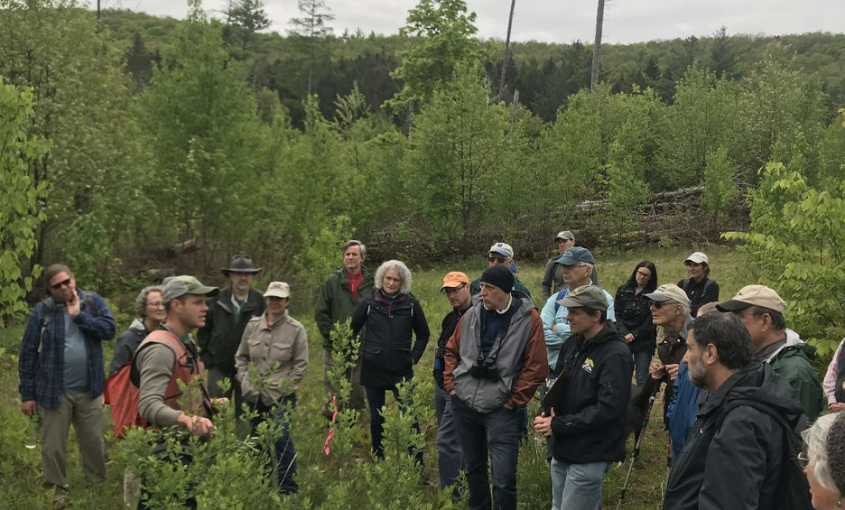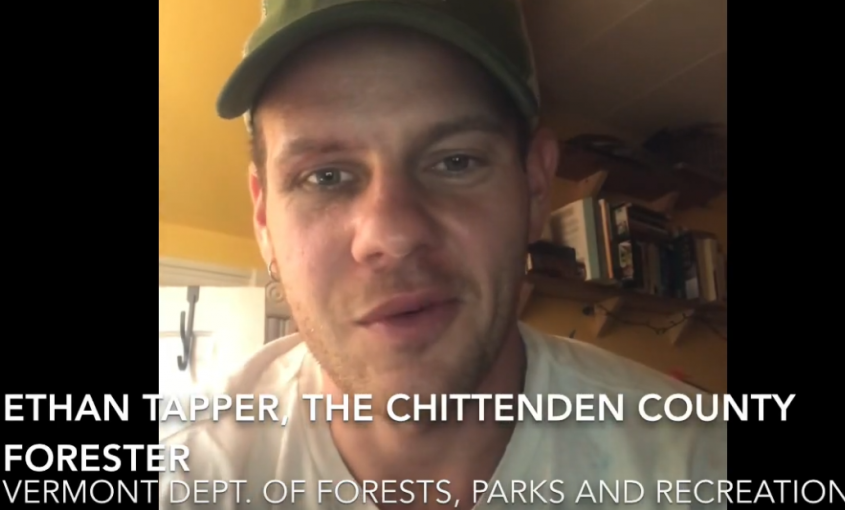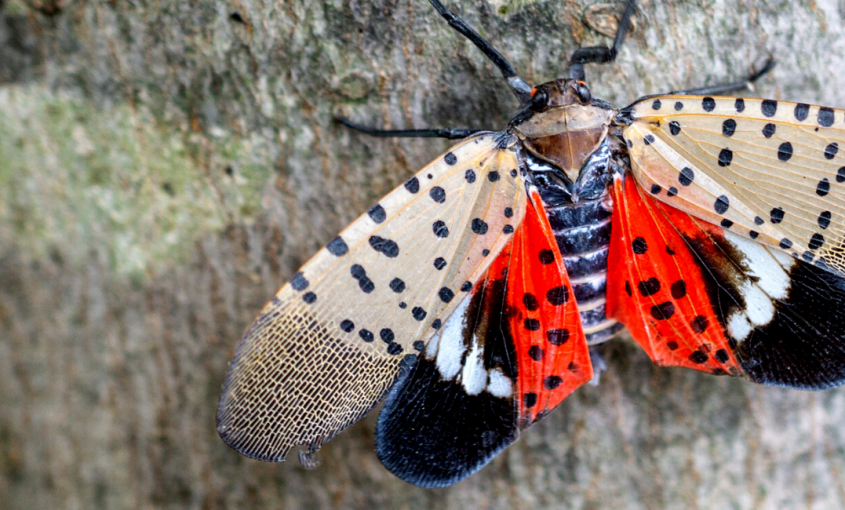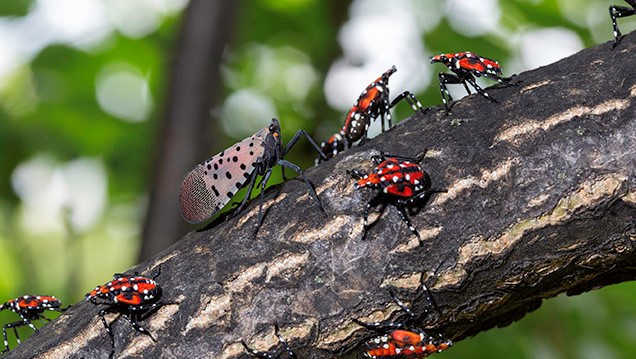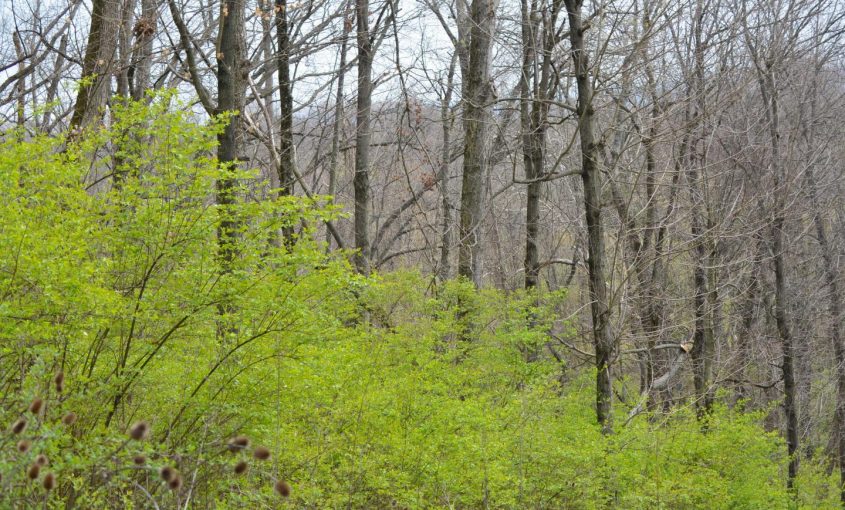Learn to Manage Your Woods Efficiently and Responsibly with the Crop Tree Release Method
From Ethan Tapper, Chittenden County Forester, a 15-minute short-course on managing forests efficiently and responsibly using a method called “Crop Tree Release” with colleague David Paganelli, the Orange County Forester. You can watch this video here.
Read More...


